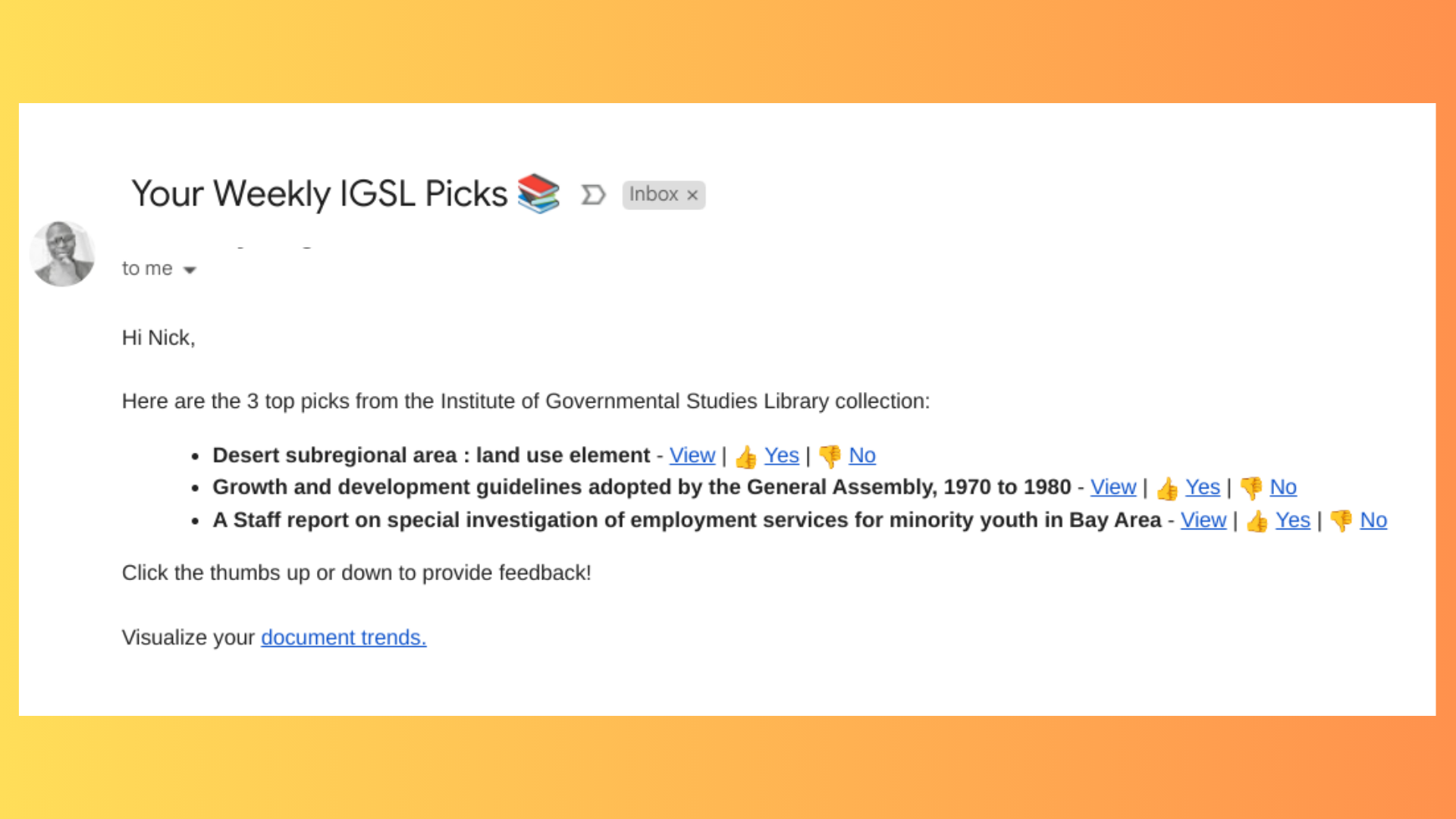Scaling Intelligence: How I’m Training My Research Agent to Work Smarter
 Nick Norman
Nick Norman
There’s been a lot of talk about AI agents lately, so I want to break it down in plain language — and share how I built the first of a team of AI research assistants.
To put it simply, an AI agent is like a virtual employee that does tasks for you.
When I say “virtual employee,” I don’t mean a person working remotely. I mean a machine — a piece of AI that quietly performs jobs in the background on your behalf. These could be tasks humans normally do… or even things you handle yourself day to day.
My First Reaction? "No Way."
When I first started learning about AI agents, I thought: this stuff is way too complex. People were talking about agents that write emails, have conversations with customers, manage calendars… it all sounded too complex.
And honestly? I didn’t believe it was possible.
I used to wonder, “How would it even know what to say in an email?” I have a specific writing style that changes depending on who I’m talking to. But it turns out... writing emails? That’s one of the easiest things an agent can do.
But here’s what I learned: even the simplest tasks can be done with an AI agent. And once you set one up, it works automatically — like clockwork. And you can scale up how you use them.
Some people are literally building startups powered by teams of agents, doing all kinds of work behind the scenes. That part is fascinating to me!
Right now, my own work is focused on how agents can talk to each other, strategize and collaborate across platforms, but I’ll save that for another day.
So What Makes AI Agents Different from Automation Tools?
You might say: “Okay, isn’t this just automation?”
Yes — partially.
But what makes AI agents different is that they’re learning tools. They’re not just following a script. You can train them to get smarter over time. And the more you use them, the more they start thinking like you.
Compare that to something like Zapier, which automates steps but never learns. AI agents, on the other hand, improve. They adapt. That’s the key.
Example: My AI-Powered Research Assistant
Let me show you how I used this in real life.
I created a very simple AI agent — what I call my research assistant. It connects to the Institute of Governmental Studies Library and monitors their collection of historical government documents.
Here’s what it does:
Every week
It explores the last 20 documents that were uploaded to the collection
From those, it picks the top 3 documents it thinks I’ll care about
Then it sends me an email with links to publications and to visualize document trends
That’s it. I don’t lift a finger. But there’s more.
How My Agent Gets Smarter
Even though my agent’s workflow seems simple—search, pull, email—the real power lies in how its intelligence scales behind the scenes. As it continuously learns and adapts to my preferences, it's able to evolve and make more informed decisions. And it can all happen in phases.
Here are the phases I chose to scale the intelligence of my agent. Keep in mind, you can customize your agent’s learning process to align with your own goals, priorities, resources, or strategic direction.
Initial Email Test (Static):
The first email is just a random selection from the most recent 20 items. No intelligence yet — just a basic test.Thumbs Up/Down Feedback:
Each item in the email has a 👍 or 👎 link. By clicking either option, it lets the agent know if it got it right. That feedback gets saved in a spreadsheet and points to a web-hook triggering near real-time, feedback analysis logic. (methods of collecting feedback can also be customized)Pattern Learning:
As I keep rating the documents I receive, the agent starts to notice patterns — topics, formats, types of documents I like — and adjusts its selections over time. (patterns can be given signals or prioritized and shared in customized reports)Custom Behavior by User:
This same agent can be shared and adapted. Anyone can use it, customize it, and apply it to totally different data — from research libraries to policy trackers to cultural archives.Performance Analysis
The agent can analyze its own performance, reflect on what it’s doing well or poorly, and suggest improvements or guardrails to keep it aligned with my intent.

Lately, I've been focusing on building a network of specialized research agents rather than relying on a single research assistant. I’m currently developing a collaborative team of agents specializing in Document Retrieval, Data Analysis, Pattern Detection, a Supervisor Agent, and an IT-focused agent for troubleshooting. Eventually, I plan to add more agents to this research team—including a Bridge Agent to connect with multi-agent systems from other organizations or networks.
A Few Other Things AI Agents Do
Yes, AI agents can pull articles, summarize YouTube videos, and send weekly emails. But they can do much more. For instance, people are already using agents to:
Hold real conversations with users and respond in their tone
Negotiate schedules between multiple people and calendars
Manage research pipelines, pulling data from several sources, summarizing, and organizing it
Simulate decision-making for policy analysis or planning scenarios
Run businesses, with agents acting as marketing, support, and operations teams
Collaborate with other agents — even across platforms — to finish tasks in a chain
This isn’t science fiction. It’s real. Right now.
I built one small assistant, but it’s already saving me time and getting smarter each day.
And what’s interesting is that the more I build assistants to handle different tasks throughout the day, the more I feel something I can only describe as a kind of quiet confidence — a sense that I have a team working with me, behind the scenes, even when I’m not looking.
These agents don’t get tired. They don’t clock in or out. They just... keep going.
It’s not just about saving time — it’s about knowing things are getting done, even while I sleep.
When AI Agents Collaborate © 2025 by Nick Norman is licensed under CC BY-NC-ND 4.0
Subscribe to my newsletter
Read articles from Nick Norman directly inside your inbox. Subscribe to the newsletter, and don't miss out.
Written by
